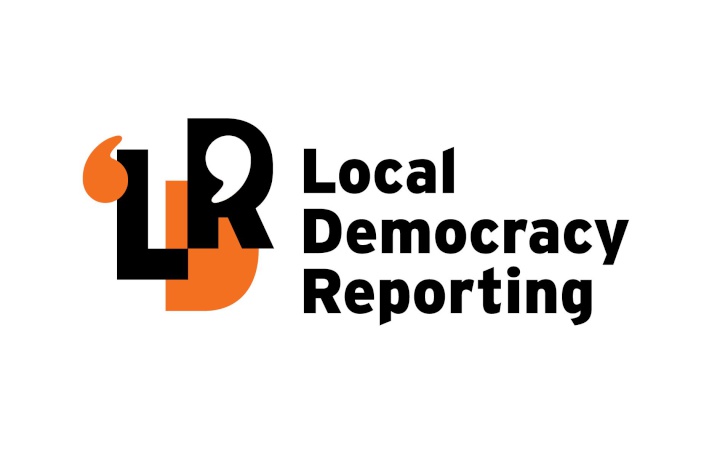Tasman residents made significantly more requests for information from their council in 2024 than they did the year before.
During 2024, 738 requests were made under the Local Government Official Information and Meetings Act (LGOIMA) for Tasman District Council – an increase of about 44 per cent from the 512 requests made in 2023.
Leith Townshend, the council’s general counsel, said the requests cover “a real range” of areas and often relate to active areas of council work.
For 2024, areas of particular interest included cycleways, dogs, and the Waimea Community Dam, but the “bulk” of requests were made to the environmental assurance team which handles the council’s resource and building consents.
It wasn't possible to say how many staff hours are used to respond to the LGOIMA requests because staff time isn’t currently tracked in that way.
“But if I was to ballpark it, I would say that a really simple LGOIMA [request] – of which probably about 70 per cent are relatively simple – probably takes about three or four hours of staff time,” Townshend said.
That time involves staff receiving, acknowledging, and cataloguing the response, as well as subject matter experts compiling the information needed to answer the request.
“It’s a significant amount of council time across the board.”
Townshend added that it was important residents were aware that “each LGOIMA request costs the ratepayer some money” due to the staff time taken responding to them.
“If we get 1000 requests about roading, that pulls our roading team away from being able to do their other work.”
If a request was going to take a “considerable amount” of time and couldn’t be narrowed, the council could charge a fee for the request which equates to $50 per half hour of work after the first hour.
Before submitting a LGOIMA request, Leith urges that people check the council webpage titled ‘LGOIMAs and information of public interest’.
That page contains links to major council documents such as the Long-Term Plan, annual reports, and meeting agendas and minutes, as well as to policy documents, plans, environmental data, and other sources of information.
On that same page, the council has also begun to upload responses to other LGOIMA requests on various topics of public interest like water fluoridation and chlorination, the eBuses, CCTV cameras, and the dam.
The LGOIMA requests are being published primarily to increase the council’s transparency, something Townshend said councillors were “very interested” in.
“At this stage”, the published LGOIMA requests did not seem to be reducing the number of requests received.
“What we'd like to do going forward is do more in that proactive release space,” Townshend said.
“There's a couple of other councils who do it quite well that we've been liaising with, so we're looking at publishing more. Whether that actually reduces the number of requests, I'm not amazingly confident about, but what it does do is increase our transparency.”
If an area of council work appears to be getting a lot of interest from requesters, the council will often proactively publish some more information for people to access.
Of last year’s 738 requests, 276 were made by just 10 requesters, one of which was an organisation.
Townshend said that people should “absolutely” seek the information they need and that the council was open to suggestions on how it could improve its transparency.
“But the LGOIMA process is not a way to get your point across or target council.”
Local Democracy Reporting is local body journalism co-funded by RNZ and NZ On Air



 Gordon Campbell: On The Trump Upside, And Peters Persecution Of Trans People
Gordon Campbell: On The Trump Upside, And Peters Persecution Of Trans People New Zealand Defence Force: Second World War Veterans Receive Message From King Charles
New Zealand Defence Force: Second World War Veterans Receive Message From King Charles New Zealand Government: More Than 900 Health Graduates To Receive Financial Boost Through Bonding Scheme
New Zealand Government: More Than 900 Health Graduates To Receive Financial Boost Through Bonding Scheme New Zealand Police: Stacks Of Cocaine Unpacked In Mt Wellington
New Zealand Police: Stacks Of Cocaine Unpacked In Mt Wellington Te Pāti Māori: Te Pāti Māori Make Submission To Privileges Committee In Absentia
Te Pāti Māori: Te Pāti Māori Make Submission To Privileges Committee In Absentia PSA: PSA Forces Changes To Restructure Of Data & Digital And Pacific Health
PSA: PSA Forces Changes To Restructure Of Data & Digital And Pacific Health Waitangi Treaty Grounds: Anzac Day Commemorative Evening Service At The Waitangi Treaty Grounds
Waitangi Treaty Grounds: Anzac Day Commemorative Evening Service At The Waitangi Treaty Grounds


